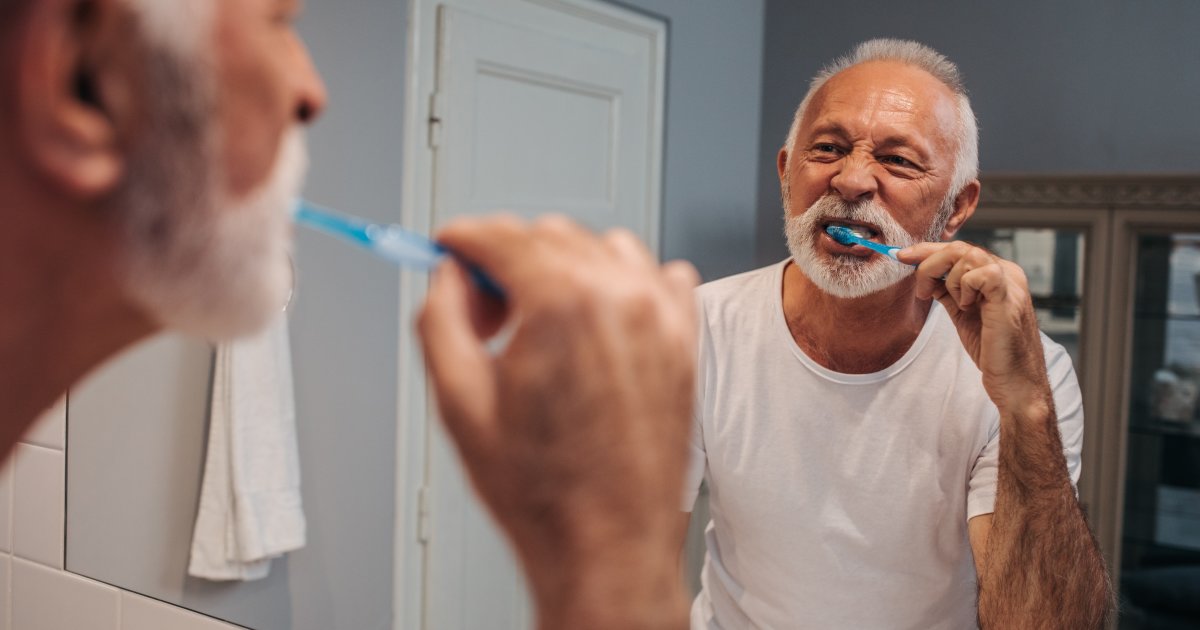How To Spot Pick's Disease (Frontotemporal Dementia)
Pick’s disease is one of three dementias classed as frontotemporal dementias; they are all associated with shrinking temporal and frontal anterior lobes of the brain. The other two frontotemporal dementias are semantic dementia and primary progressive aphasia. All three dementias have some genetic causes, for they often run in families. Pick’s disease can also be sporadic, which means it can have no known cause.
The symptoms of Pick’s disease fall into two broad categories: difficulties with language and behavioral changes. Unlike other dementias, such as Alzheimer’s disease, memory is not affected until the disease has become quite advanced. The patient’s spatial awareness also remains intact. Get to know some of the major warning signs of Pick's disease now.
Lack Of Social Tact

The frontal lobe of the brain, which is located behind the forehead, helps control an individual’s impulses and behavior. As Pick’s disease shrinks and otherwise damages this part of the brain, the patient gradually develops a lack of social tact. They can become completely uninhibited in their behavior as they lose their sense of what is and is not inappropriate. They can become far more sexually demonstrative than they should be.
Similarly, they can start saying mean or rude things to others, as they no longer have a filter. Individuals with Pick’s disease generally begin showing symptoms in middle age. Consequently, Dr. Katherine Rankin, a professor of neurology at the University of California, San Francisco, urges individuals over forty years old to see a neurologist if they start experiencing behavioral or personality changes.
Neglect Of Personal Hygiene

Pick’s disease is also associated with a growing lack of self-awareness. The patient thus becomes less concerned with the impression they make on others, which leads to a lack of interest in their appearance. That lack of interest often results in a neglect of personal hygiene. In addition, as their dementia worsens, the patient loses their functional abilities, so they can no longer recall the steps involved in getting dressed or brushing one’s teeth.
They may not even understand the point of such activities. Many caregivers find helping a patient with Pick’s disease take care of their hygiene among the more difficult aspects of their care. Some caregivers use a 'monkey-see-monkey-do' approach and show the patient how to brush their teeth or wash their hair.
